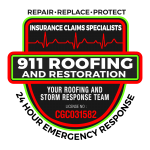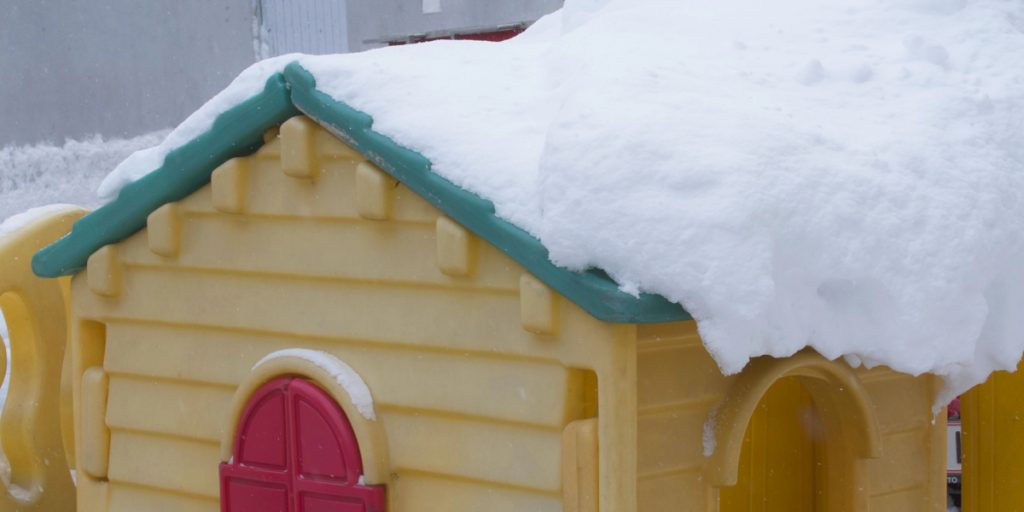Kids love the snow. The falling flakes mean sledding and snowball fights, snow people and snow angels, cold noses and wet mittens.
For homeowners, a winter wonderland can be an inconvenient pain, with its slippery sidewalks, heavy snow on the roof and troublesome ice dams.
You might wonder if you should clear the snow on the roof or knock the icicles down. The answer, unfortunately, isn’t cut and dried. Here’s what you should do if you find yourself with an excessively snowy winter.
Be in the Know
Icicles and ice dams are a direct result of each other. While you won’t always get both, understanding how they form, what to do and how to avoid them is key to a less stressful winter.
If your home doesn’t have adequate insulation, heated air will escape through the roof, melting the snow on top. That water then begins to run the length of the roof, potentially creeping under shingles, which can create a leak and cause water damage inside the house.

Back up on the roof, the melted water gradually begins to freeze, putting pressure on your gutters and even forming dense ice dams capable of trapping pools of water. These ice dams can lead to rotted wood and insulation in the ceiling and attic, increasing the chance of damaged walls, windows and even flooring.
Be Careful What You Remove
Falling chunks of ice are unpredictable. Never try to remove icicles — they can cause severe bodily injury to you or damage to your home. Hitting ice around the gutters or roof with a metal tool will put more pressure on those areas, which could cause them to collapse.
If snow has begun to pile up on the roof, but has yet to form ice, stay firmly rooted on the ground and use an aluminum snow rake with a telescoping pole to remove the snow on eave edges. Also, pay attention to electrical power wires. Metal rakes and electrical wires make for a (literally) shocking combination.
Climbing a sloped surface, even when the weather is nice, can be a recipe for disaster, so leave the roof climbing to a trained professional.
Get Ready for It
Properly fitting your home to counteract the effects of icicles may sound like a chore, but it’s easier than you think:
- Plug any air leaks in the attic with caulk, foam or extra insulation.
- Replace old attic insulation with blown-in cellulose or fiberglass more than 8 inches thick.
- Install a continuous ridge vent across the peak of the roof to allow for maximum ventilation.
- Install heat tape in a wavelike pattern along the eaves. (The tape warms up when plugged into an electrical system and melts the ice.)
By preparing ahead of time, you can help your home make it safely through the harshest winter weather.


